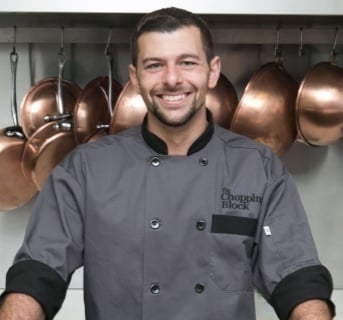Extremes of spice, in food, around the world are baffling. Whether you like a little cracked black pepper on your eggs in the morning, or you pop pickled jalapenos like they are marshmallows with your turkey sandwich at lunch, the range of tolerance is baffling. Having grown up in a family that considered fresh arugula too spicy for their salad mix, it has taken me a long while to train my pallet to endure an acceptable level of spice tolerance suitable for my career in culinary arts.
The essential component of heat has been used for years for food enhancement or even the simple ego trip as friends compete to see who can handle the hottest pepper. Spice, or the component that is spicy known as capsaicin, has a deep history and it may just surprise you.
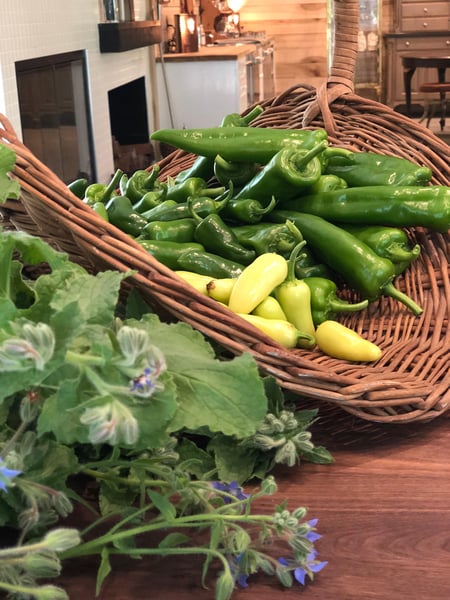
As chili peppers are the most common source of capsaicin, let's begin with a little background. Peppers were once the staple food of birds; lucky for them, this is because they have no capsaicin receptors. With birds' absence of molar teeth and the way seeds can pass through their digestive tracts undamaged, you could say they are the original Johnny Appleseed. Mammals however do have capsaicin receptors and naturally would have avoided eating these seemingly mouth-burning berries. Limiting their consumption only to be eaten in a desperation for food in hard times. The turn of events seemed to be when humans began noticing that peppers had a resistance to mold and once dried, they had an extremely long shelf life. Over time mankind seemed to develop a tolerance to capsaicin and in turn, quite enjoyed the variety of flavors that came with this now enjoyable realm of ingredients.
It is hard to say where or when peppers really worked their way into the common diet, however many believe it was when peppers began being used in spice blends to aid in food preservation or to mask the soured flavor of slightly past prime foods. Flash forward to present day and it is astonishing to see the millions of different forms peppers are introduced into our day to day diets.
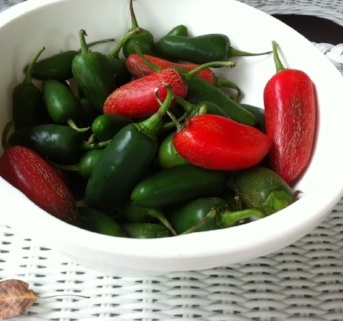
Looking at cultural foods and their flavor profiles, we can easily say certain cultures have taken to spices more than other. We find examples of this every day. Take your favorite traditional Thai restaurant for example, their traditional “Hot” dishes pack as much as ten times the capsaicin in comparison to what common U.S. culture has titled as our generic “Hot.”
I would not recommend jumping right in the deep end of the spice world but splashing in the shallows is a great way to expand your horizons and really grow your pallet. One of my favorite things to do is find a new spice to cook with and try it out by simple tossing a few fresh veggies in it with some salt black pepper and oil. A quick 10-minute flash in a 400-degree oven is a great way to understand its flavors. Even better, if a bit of coaching sounds nice there are a multitude of classes here at The Chopping Block in just about any cuisine you could want. These classes will give you the chance to experiment with lots of new spices and our chefs guide you through ways of modifying recipes to suit you. Join us in this Sunday's Culinary Adventure: A Trip to India class at Lincoln Square. You'll learn to work spice into your food with deep flavors to compliment the exciting heat!
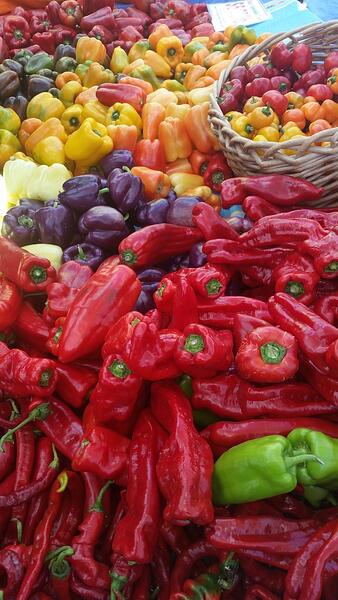
Slow roasting is a fun way to prepare peppers that will show you the depth of flavor you can achieve while mellowing some of the initial spice. For this recipe, I recommend starting with a basic red bell pepper and then working your way up the spice scale from there. These peppers will be great for slicing and topping salads, placing on top of a protein, pureeing and using it as a sauce, marinade, dip, dressing or a basic ingredient in anything that needs a bit of minor heat or sweetness!
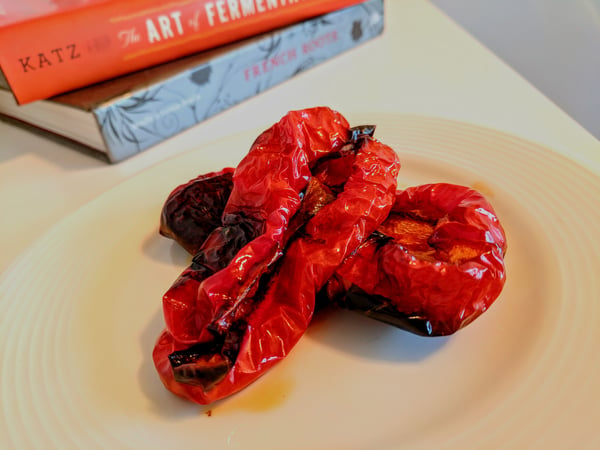
Deep Roasted Peppers
Any pepper of your personal liking (red bell for new folks)
1 Tablespoon olive oil
¼ Teaspoon Kosher salt
- Cut the pepper in half vertically.
- Remove the stem and as much of the seed and white ribs as possible. I recommend wearing gloves and or using a spoon to scrape these away. (see note below)
- Place the peppers into a bowl and drizzle the oil allowing it to coat all surfaces of the pepper with a thin layer. If needed, use your fingers to spread the oil.
- Toss the peppers and sprinkle the kosher salt over them covering all the peppers in a light speckling.
- Line a baking sheet with parchment paper or aluminum foil and place your peppers skin side down spaced out slightly.
- Set your oven to 250 degrees and place the pan in the oven so that the peppers warm up with the oven.
- Set your timer for 45 minutes and check the peppers. You are looking for a significant darkening of their natural color and a soft almost fragile texture. If more time is required, do so in 5-10 minute increments until done.
Note: The ribs of peppers hold about 60-75% of the capsaicin or heat and contrary to popular belief the seeds hold barely 2%. I remove both to leave the pepper parts with the highest sugar content parts for caramelizing during the cooking process.


